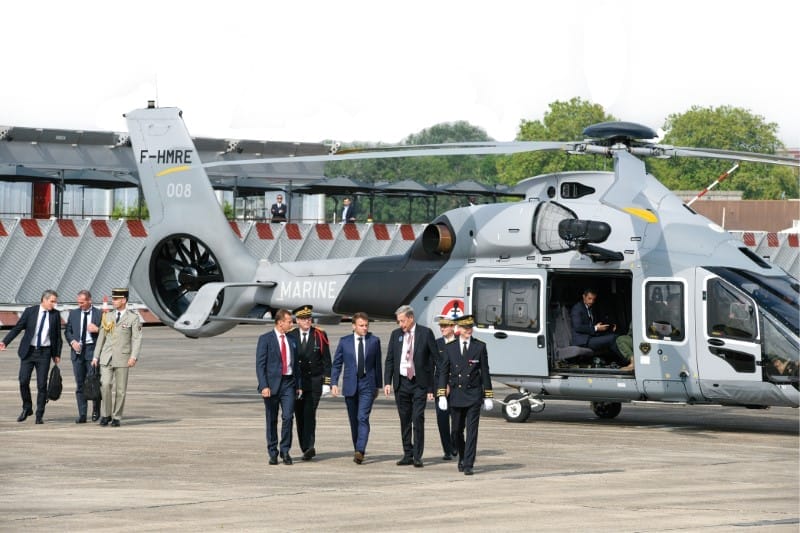The International Aeronautics and Space Exhibition — known to most of us common folks as the Paris Air Show — may be the event most universally targeted by both global industry and the areas around the world trying to attract that global industry’s operations and products.
The 54th edition of the event took place at the Paris-Le Bourget exhibition venue in late June. Here’s a look at some of the news emanating from Paris and how it intersects with corporate growth around the world — even from French companies alone.
Safran Group
Safran’s lead card is nothing less than decarbonizing aviation. Its vision involves a mix of fuel cells, all-electric propulsion and hybrid electric propulsion. And its facility investments are proceeding accordingly.
As the festivities in Paris commenced with flight demonstrations, aircraft rollouts and the arrival of French President Emmanuel Macron, Safran announced that Safran Electrical & Power will install two automated production lines each at its sites in Niort, France (west-central France) and Pitstone, Great Britain, for its ENGINeUS electric motors.
“This high-volume production model, inspired by the automotive sector, will enable 1,000 motors to be manufactured per year from 2026 to serve the booming electric and hybrid aviation markets,” the company said.
The site in Niort is the company’s electrical systems center of excellence, while Pitstone is its rotating machines center of excellence. The Pitstone site will be home to the automatic production lines for rotors and stators — the rotating machines at the heart of the motors — while the Niort site will handle the automatic production of power electronics and final motor assembly. Each line will include eight modular and adaptable workstations “capable of carrying out different screwing, gluing and pressing operations simultaneously.”
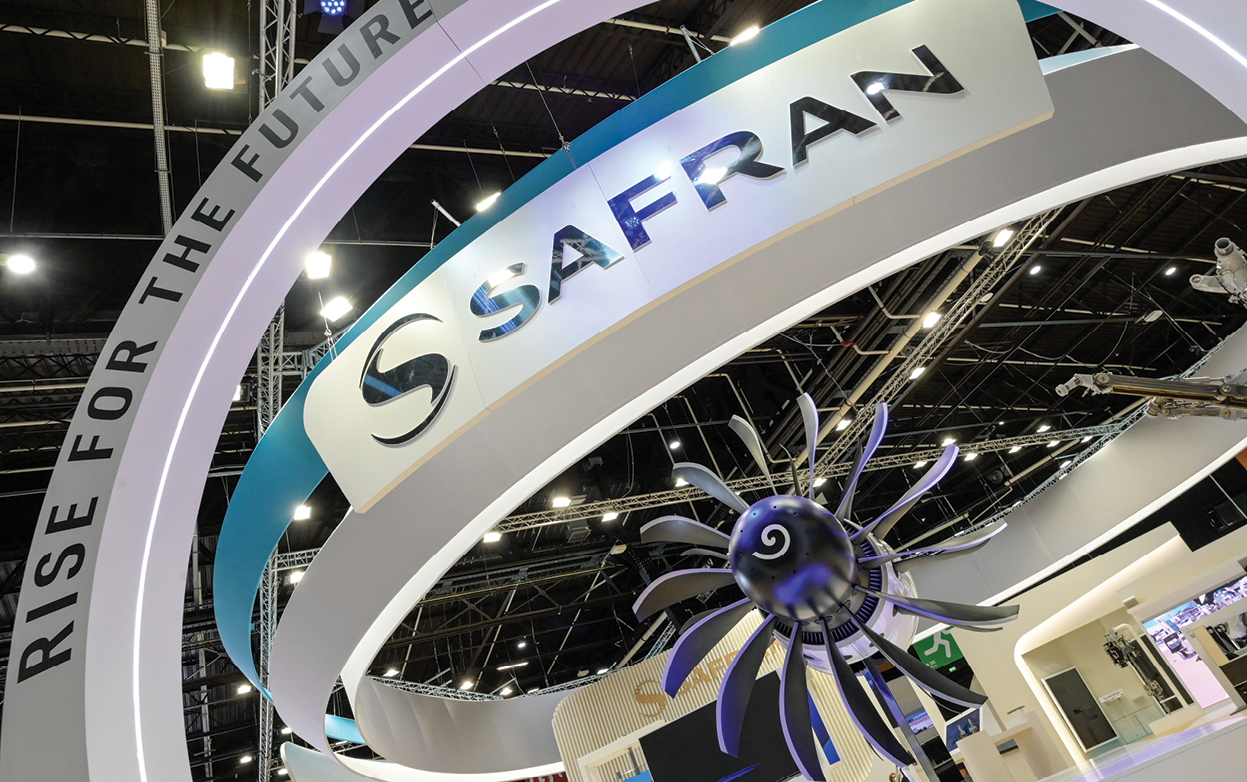
France’s own Safran Group always has a prominent place on the agenda and the exhibit floor at the Paris Air Show.
Photo © SIAE 2023 Gilles ROLLE
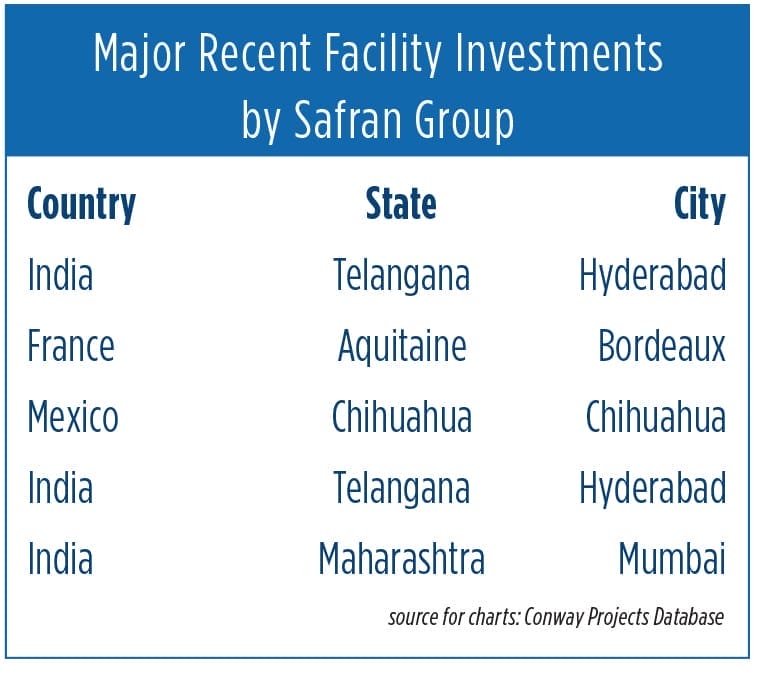
In Niort, the French Civil Aviation Authority (DGAC) is providing a 50% investment, and special machines specialist Baron is developing the automated lines and the workstations. In Pitstone, the Aerospace Technology Institute (ATI) has a 50% stake, and the Adelphi group will supply the lines and the workstations.
“Two British universities — the University of Warwick and Nottingham Trent University — are also providing their expertise in implementing co-engineering methods,” Safran said, noting that five aircraft manufacturers and startups — VoltAero, Aura Aero, Bye Aerospace, Diamond Aircraft and CAE — have already selected ENGINeUS electric motors to equip their 100% electric or hybrid aircraft for uses ranging from air taxis to training and commuter aircraft.
“We have chosen to create our future automated lines of electric motors in Niort and Pitstone because these facilities are a perfect fit with our industrial plan,” said Bruno Bellanger, executive vice president and general manager of the power division of Safran Electrical & Power. “We are currently on the home stretch in obtaining final certification from the air authorities. This state-of-the-art equipment is one of the essential building blocks in Safran’s decarbonization strategy.”
Daher Group
Safran is not alone in pursuit of this goal. Daher Group says it has placed the “innovation to decarbonize” at the heart of its “Take off 2027” strategic plan. In an announcement at the show, the 160-year-old company said that through its four complementary businesses in the aeronautics value chain — aircraft manufacturer, manufacturing, industrial services and logistics — “Daher intends to make a significant contribution to the efforts of the entire industrial sectors in which it is present. The company’s objectives already have translated into a strong investment in R&D projects, the budget of which has quadrupled since the previous strategic plan.”
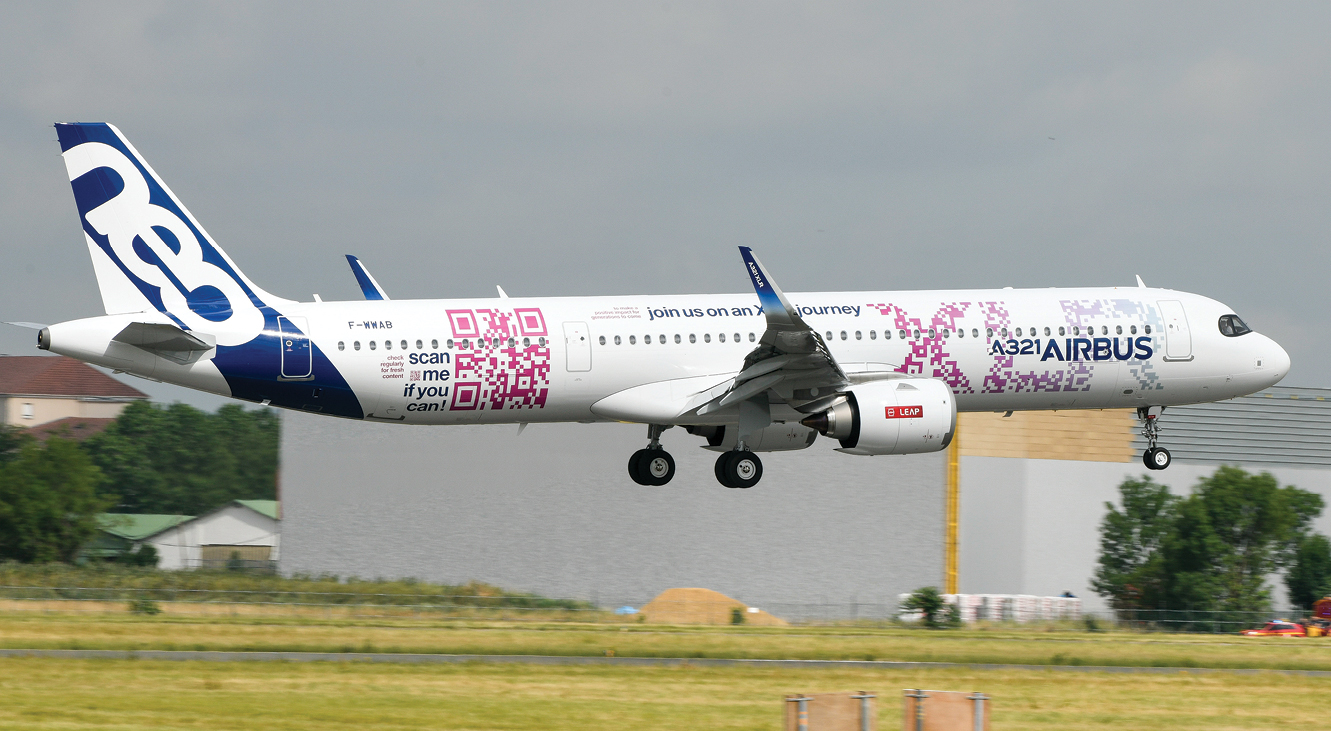
In March, Airbus delivered the first A321neo aircraft assembled at its Final Assembly Line Asia (FAL Tianjin) to China’s Juneyao Air in Tianjin.
CREDIT: Photo courtesy of Airbus
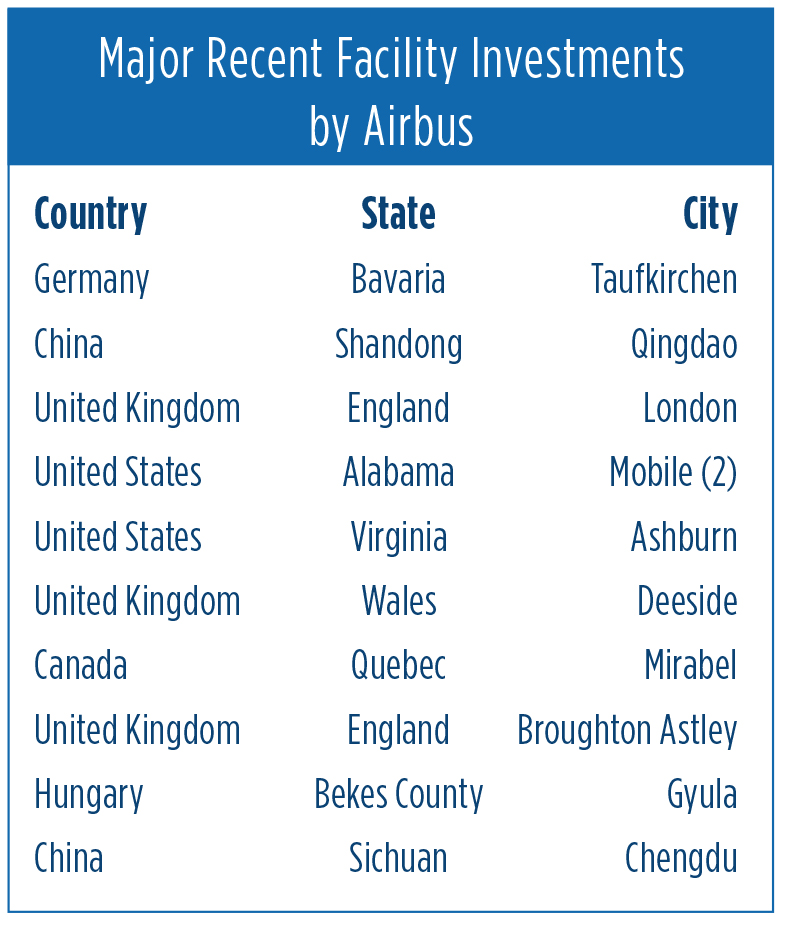
Daher aims to do so via three innovation centers: Shap’in, based at the company’s regional tech center in Nantes, for the design of lighter, more efficient and recyclable aeronautical structures; Log’in, based in Toulouse, to reduce the environmental footprint of industrial logistics; and Fly’in, based in Tarbes, dedicated to the hybrid and carbon-free aircraft of tomorrow.
“The idea,” says the company, “is to contribute — hand in hand with partners, customers and startups — to the design of solutions leading to a ‘Net Zero’ impact by 2050, with a first significant step from 2035, aligned with the Paris Agreement on climate change.”
Another tool for innovation at Daher is a new open innovation program it launched at this year’s show called Imagineering by Daher, based on the company’s experience with the DaherLab project launched in 2014, which the company says already has facilitated the emergence of more than 100 manufacturing projects.
Among Daher’s manufacturing facility investments tracked by Site Selection’s Conway Projects Database in recent years are a 156,000-sq.-ft. project in Montréal, Québec; a 34,000-sq.-ft. project in Santiago in the Mexican aerospace cluster in Querétaro; and a $17.5 million, 250-job facility in Tangier, Morocco.
Airbus
More than 2,500 nacelles produced by Safran Nacelles are currently in service on Airbus A320neo aircraft that are powered by CFM International’s LEAP-1A engines. It’s just one of many cross-company connections powering growth at global giants like Airbus, which recently announced R&D collaboration with STMicroelectronics (which has major operations in France) on power electronics for aircraft electrification.
Those partnerships extend well beyond Europe. In April, during a French state visit to China and witnessed by Chinese President Xi Jinping and French President Macron, Airbus CEO Guillaume Faury signed with the Tianjin Free Trade Zone Investment Company Ltd., and Aviation Industry Corporation of China Ltd., an agreement to expand A320 Family final assembly capacity with a second line at its Tianjin site.
The agreement will contribute to Airbus’ overall rate objective of 75 aircraft per month in 2026 throughout its global production network. A separate MoU was signed pledging cooperation in the production, competitive application and common standards formulation for sustainable aviation fuels (SAF).
Airbus entered the Chinese market in 1985 when an A310 was first delivered to China Eastern Airlines. By the end of the first quarter 2023, the Airbus in service fleet in China had risen to over 2,100 aircraft, representing more than 50% of the market.
“Over the next 20 years, China’s air traffic is forecast to grow at 5.3% annually, significantly faster than the world average of 3.6%,” Airbus stated on the occasion of the signing. “This will lead to a demand for 8,420 passenger and freighter aircraft between now and 2041, representing more than 20% of the world’s total demand for around 39,500 new aircraft in the next 20 years.”
As one might expect with that sort of volume, Airbus earlier this year said it would construct an aircraft servicing and recycling center in Chengdu, China. The new facility is expected to open by 2024.
But Airbus has its mind on much more than China as it ramps up hiring.
“In 2022 we welcomed more than 13,000 new employees within Team Airbus around the world, in a complex environment which tested our resilience and attractiveness as a global employer,” said Thierry Baril, chief human resources & workplace officer of Airbus, in January. “Following the success of our recruitment last year, we will hire over 13,000 employees again in 2023.”
Over 9,000 of those posts will be in Europe. The company employs more than 130,000 people across its worldwide businesses.
Dassault Aviation Group
A recent survey by Swedish research organization Universum found Dassault is the fourth most preferred employer by French engineering students. As part of its plan to recruit more than 1,000 new employees this year at all sites and all professions, with and without experience, Dassault planned a series of “job dating” events at the Paris Air Show this year.
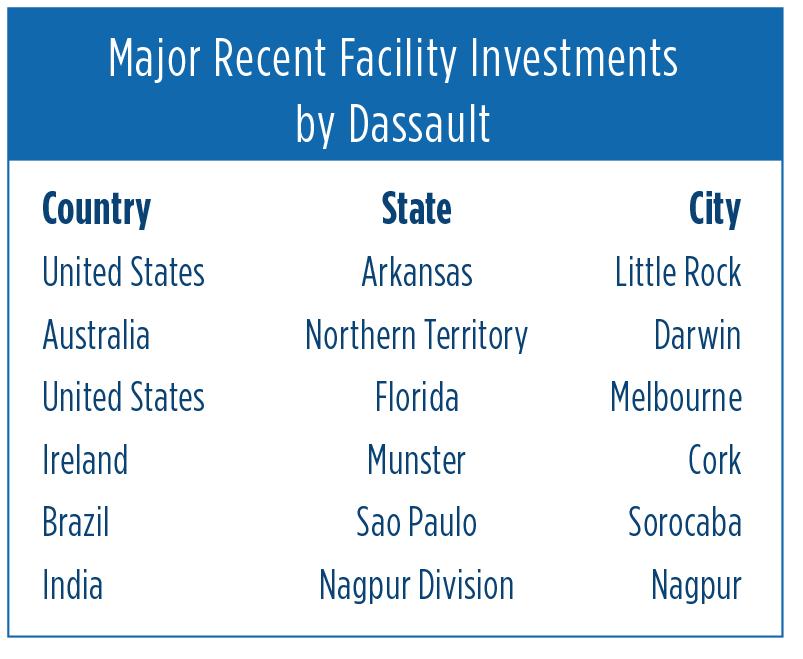
Among the innovations taking off at Dassault is the launch of a new apprentice program for mechanics at the company’s site in Argonay. But the company’s emphasis on skills training goes well beyond its home country. At the public vocational high school in Nagpur, Maharashtra, India, last June, the company celebrated the first 19 graduates of its Aeronautical Structure & Equipment Fitter vocational program, developed by the Dassault Skill Academy near a site operated by Dassault Reliance Aerospace Ltd. (DRAL). Ninety percent of the students were recruited at Indian aerospace employers DRAL, TASL, Indamer and Safran. A second graduating class of 40 students graduated in September 2022.
“By mid-2024, the French teachers will have been replaced by three Indian teachers, and two Indian instructors will have prepared the future educators involved in the roll-out to other vocational high schools,” the company said.
In May the company celebrated 60 years of its Falcon business jet line, famously endorsed by Charles Lindbergh for Pan Am at its original manufacturing site in France in 1963. Ten years later, FedEx Founder Fred Smith launched his company with a fleet of 33 Falcon 20s modified with a large cargo door. Today, Dassault Falcon Jet in Teterboro, New Jersey, represents and supports Falcons in the U.S. and throughout the Western Hemisphere.
